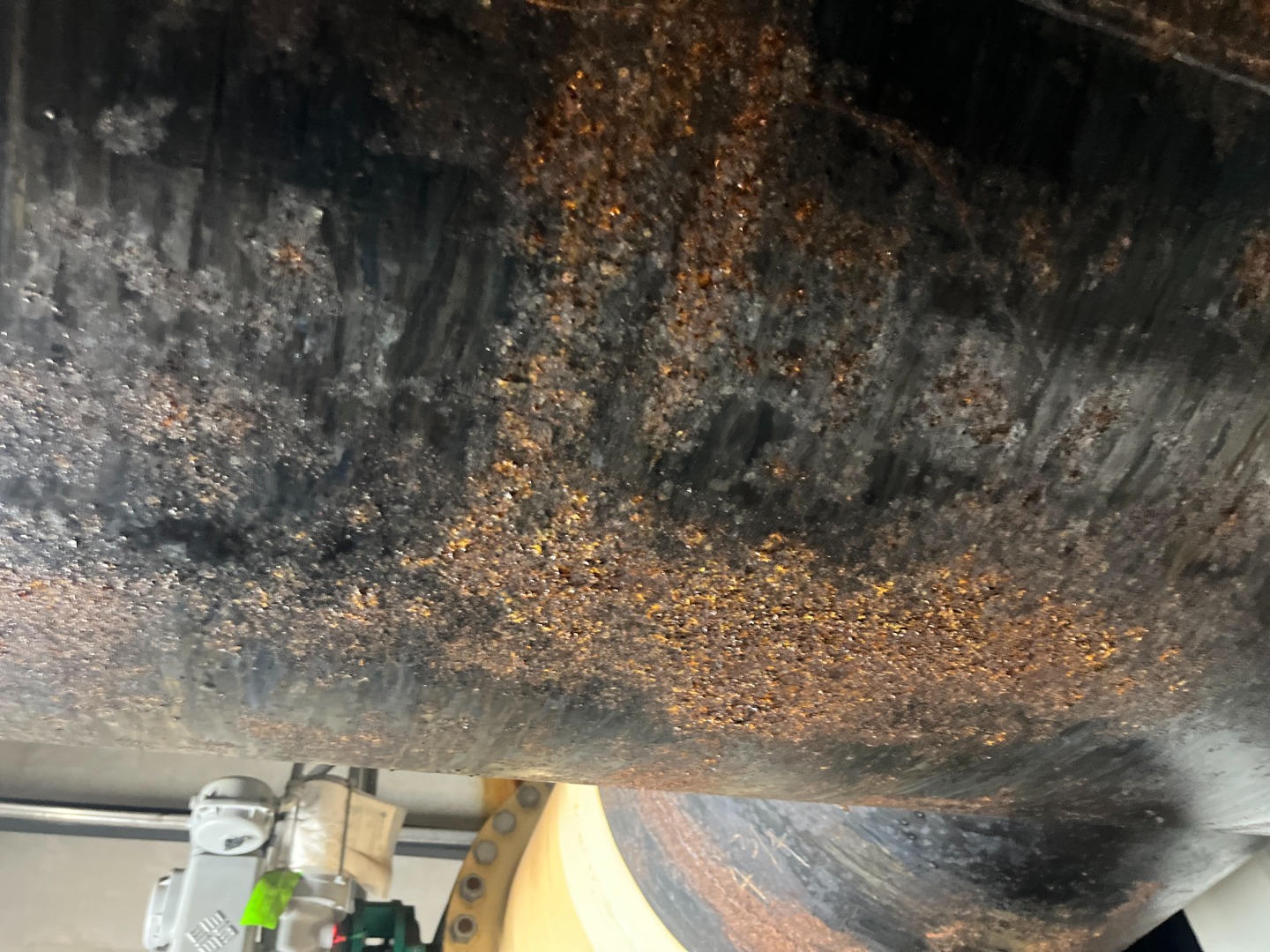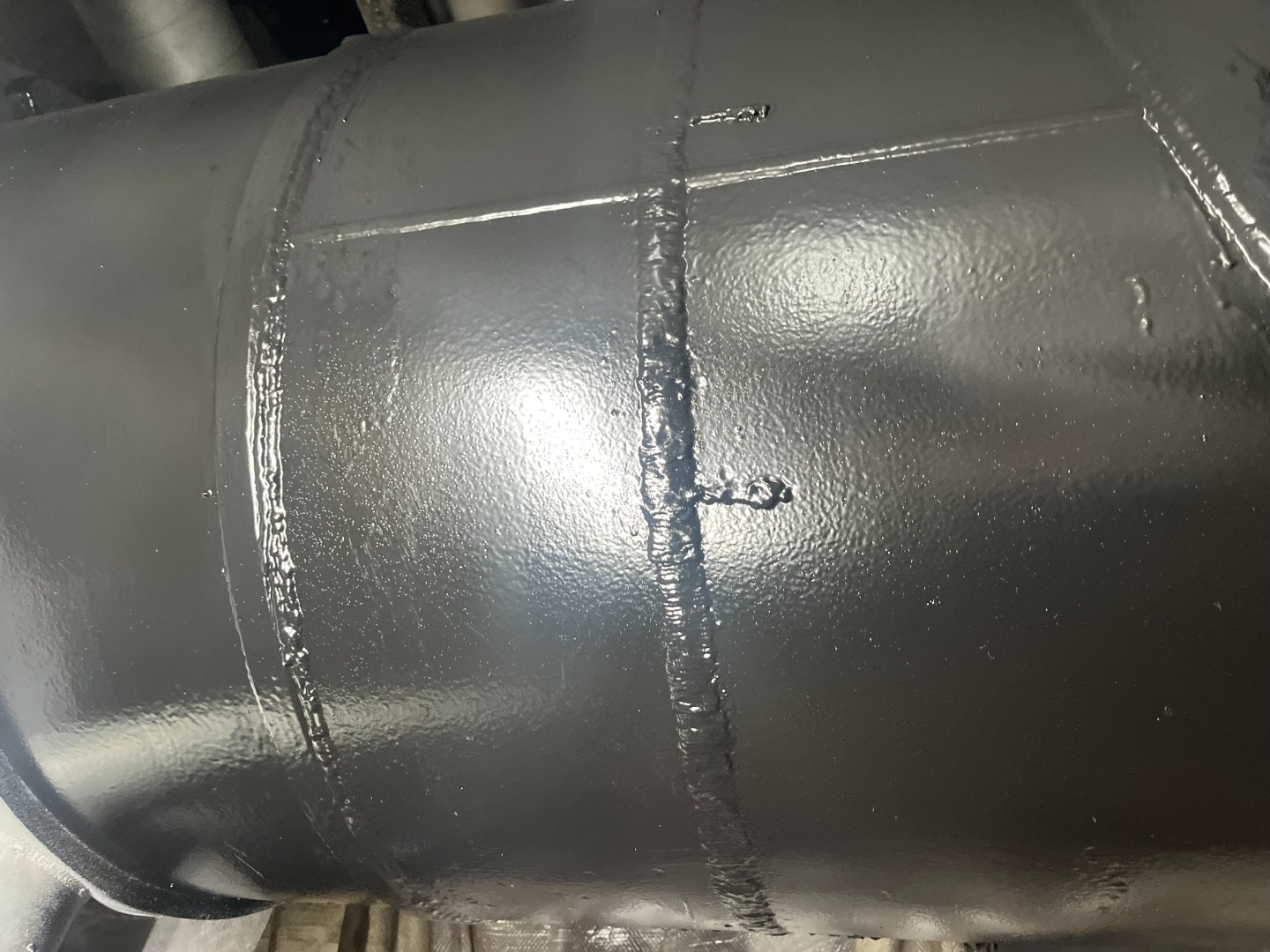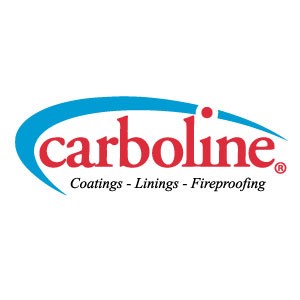In the northeast Philadelphia neighborhood of Torresdale, the Samuel L. Baxter Water Treatment Plant draws from the Delaware River to provide potable water for over half the city.
The intake water travels through a 52-inch diameter pipe located in a damp underground gallery. The pipe feeds dozens of water filters critical to the treatment process.
And after over 60 years in service, the pipe looked its age. Widespread peeling and cracking of the existing protective coating system exposed its surface to a highly corrosive environment. A recoat of the pipe was necessary to avoid advanced corrosion that would threaten the pipe's integrity.
Seems straightforward enough. But facts and circumstances surrounding the project made it anything but.

Uniquely challenging conditions and no paper trail
Moisture is inevitable in Baxter's underground pipe gallery. It hangs in the air, clings to surfaces, and pools on the floor. This, on its own, is a difficult environment for applying protective coatings, but there was far more than just that to contend with.
The water filtration equipment near the pipe contains sensitive components that would not work if infiltrated by blast media, so surface preparation via abrasive blasting was forbidden.
Additionally, it wasn't clear what prior coatings were used because there were no records. Worse, some sections of pipe contained traces of lead primer residue, adding a lead containment requirement to a project that already was complicated enough.
The combination of the observed conditions at Baxter provided PWD, Carboline, and the contractor—G.C. Zarnas—the following project premise:
-
- • Lead containment and dehumidification would be necessary for the duration of the project
-
- • Surface preparation needed to be confined to hand tools following pressure washing of the pipe
-
- • A new coating system would need to exhibit excellent surface and moisture tolerance owing to the unknown prior coatings and damp conditions in the pipe gallery
Though there was no textbook answer for a job with such challenging conditions, Carboline's previous experience in another PWD treatment plant led to the specification of a high-performance system that all project partners were confident would perform.
Carbomastic – Carboguard system delivers in unruly environments
Conditions in Baxter's piping gallery were challenging, but they were even more adverse at the Queen Lane Water Treatment Plant across town. The system now in place at Baxter has its origins at Queen Lane:
Carbomastic 615 would be applied in two coats at a minimum of 4 mils (100 microns) each. Carbomastic 615 features outstanding moisture and surface tolerance during application, characteristics which were crucial in a damp service environment where the existing coating is unidentified. Its fast cure time aided in the timely application of the finish coat.
That finish coat was Carboguard 690, also featuring outstanding moisture tolerance during application, fast-cure capabilities, and low-temperature curing.
The surface preparation specified at Queen Lane—a pressure wash followed by SSPC SP-2/3 hand and power tool cleaning—was mimicked at Baxter.
All that remained before work began in earnest was to verify via testing that what worked at Queen Lane would also work at Baxter.
ASTM D3359 X-cut adhesion tests were performed on three test patches of Carbomastic 615 at different sections of the pipe, with the results confirming the system's performance.
By the end of August 2024, G.C. Zarnas crews had begun. They marched down the gallery section by section and remained at work as of July 2025.

The system flows on
The success of the Carbomastic-Carboguard system, first defined at Queen Lane and repeated at Baxter, could become the textbook answer to the question of how to recoat piping in similar environments.
These maintenance projects are a small part of PWD's greater water restoration efforts being implemented throughout the city. That effort continues with work scheduled at Philadelphia's third water treatment plant–Belmont–where Carboline and G.C. Zarnas have already completed initial surveys.
Though very few customers will ever see this critical underground infrastructure, they can take comfort in knowing its restoration represents the city's commitment to guaranteeing the quality of this most essential natural resource.

